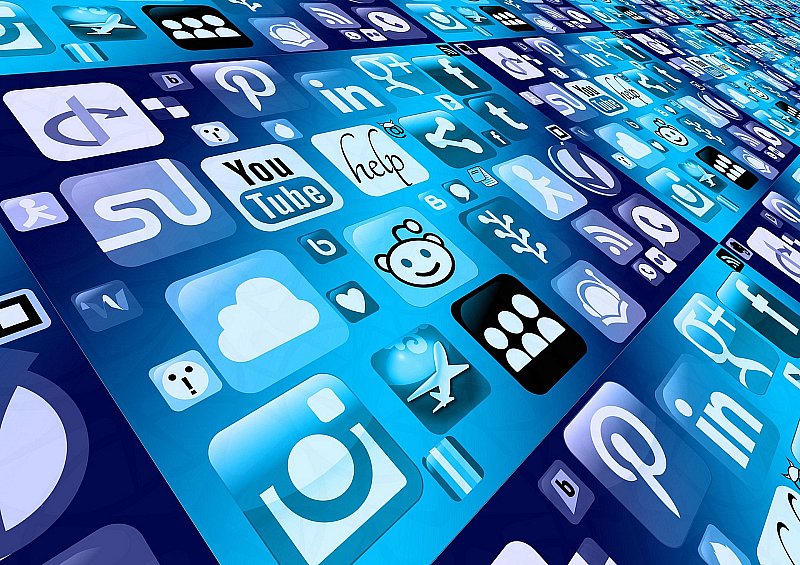
Currently, there are plenty of ways that we get information about brands and their products and services. When you look around, you’ll find an information overload from countless businesses letting the masses know about their products via the internet, billboards, newspapers, TV commercials, salespersons, and so on. Across all advertising media, companies are fighting to share information about what they offer and the benefits that make them the superior brand.
Let’s take online casinos, for instance, you’ll find that the most popular operators consistently promote lucrative offers to attract new customers and ensure that they retain the already registered players. When you look at VulkanVegas bonuses, it is clear that the platform wants you to have a taste of what is available in the lobby through the irresistible bonus incentives. This is the same direction you should take – make your potential customers feel like they are missing out if they aren’t using your product or service. So, if you have a product or service that you are offering, you must diligently advertise what you have on offer.
Moreover, you must also understand that people hardly ever purchase a product or service they haven’t heard of, and the same is also the case if they don’t know about your company. Your products might be of the highest quality, but without the proper communication to the masses, your business is most likely going to fail. Do you want your business to succeed? Keep reading to discover the most efficient promotional tools in marketing.
- Advertising
Advertising refers to any kind of paid communication or marketing for goods and services by a known sponsor. It is paying for spreading a given message from a known brand to the market audience. With advertising, the buyer and the seller don’t communicate face-to-face. In the majority of cases, advertising is done via video, audio, print media and banners. It’s a way of selling to the mass, and the audience will vividly distinguish the communication to a given organization. Whatever the media, the main aim of advertising is to boost sales by influencing the audience to purchase the products and services offered by the sponsor.
- Public Relations (Publicity)
Public relations, also called publicity, is a non-personal promotional tool that is employed to give a company a positive image. The key purpose of publicity is to establish goodwill within the marketplace. As a result, demand for the goods and services is generated by putting commercially beneficial news in media for which the sponsor hasn’t explicitly paid for. Public relations is all about gaining media attention and discernibility in the audience.
- Personal Selling
Personal selling is where a buyer and a seller communicate face-to-face to make a sale. Just as the name implies, personal selling is selling personally. Here, the seller will do a demo or presentation to the prospective buyer. Normally, personal selling is carried out by sales agents and can involve one or more potential buyers. The two parties will have a personal conversation, which might not necessarily lead to sales. Nevertheless, the organization greatly benefits as it receives first-hand info from the clients in case the customer gives feedback.
- Direct Marketing
When it comes to direct marketing, an individual or bunch of prospects are aimed at rather than going for the masses. The main objective is to generate sales or leads, i.e., in case the consumer is interested in the product or service, they can openly get in touch with the concerned individual or department via the contact channels provided with the message. With direct marketing, a business can engage in one-way communication with its consumers. Moreover, through options such as email and SMS marketing, businesses will also have the means to notify prospective buyers about product announcements and special promotions.
- Sales Promotion
Sales promotion forms every part of promotional activities except advertising, personal selling, public relations and direct selling. It involves all the non-media along with non-personal activities such as coupons, free gifts, free samples, discounts, giveaways and the like. The main aim of sales promotions is to increase sales by informing prospective customers about new products.
- Social Media Marketing
This is the use of well-known social media channels like Facebook, Instagram, Twitter, and other social media channels to create ‘buzz’ about a company’s product or service. For instance, on top of posting about its latest collection, a clothing store can pay celebrities or influencers to wear the pieces and post the images on Instagram or Twitter. It’s, however, worth noting that social media marketing requires a completely different approach if compared to traditional marketing.
- E-Commerce
E-commerce is where a company uses a website to generate sales via online ordering and keep users engaged through infomercials, explainer videos and interactive elements like games. In this day and age, having a website is mandatory for any serious business. For this reason, figuring out how to create and leverage a website to boost sales has become vital for all marketers.
Final Thoughts
For the best results, marketing communications from all the promotional tools we’ve discussed above should be integrated. And don’t forget that whichever tool you use, the message getting to the consumer must be the same irrespective of whether it’s conveyed by a salesperson in the field, a social media post, a magazine article, a blog post or an advert.


